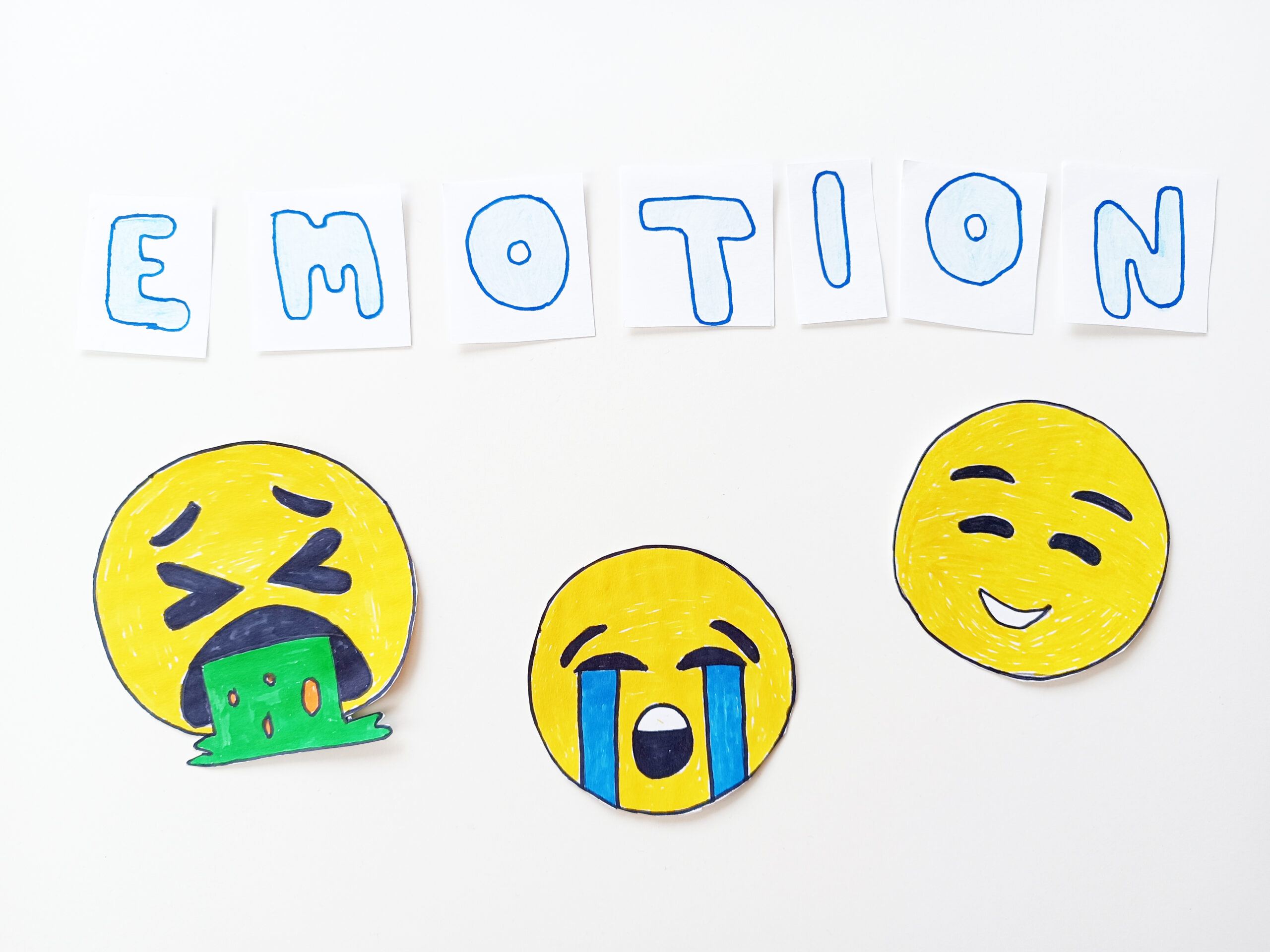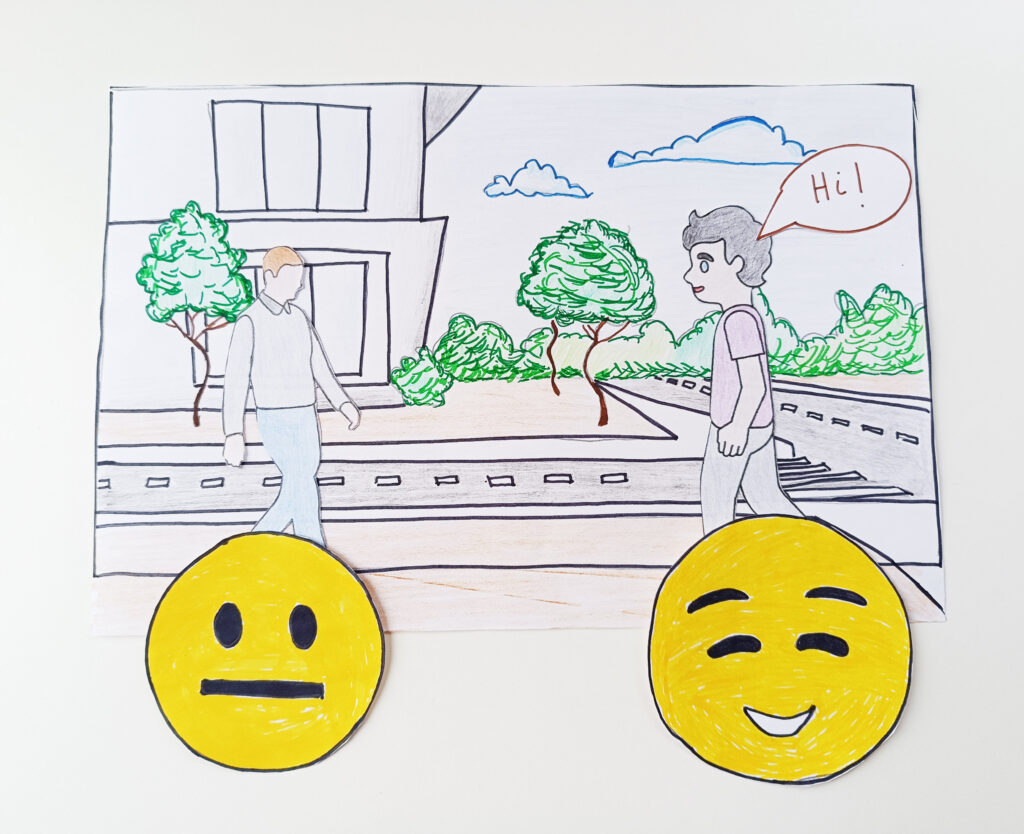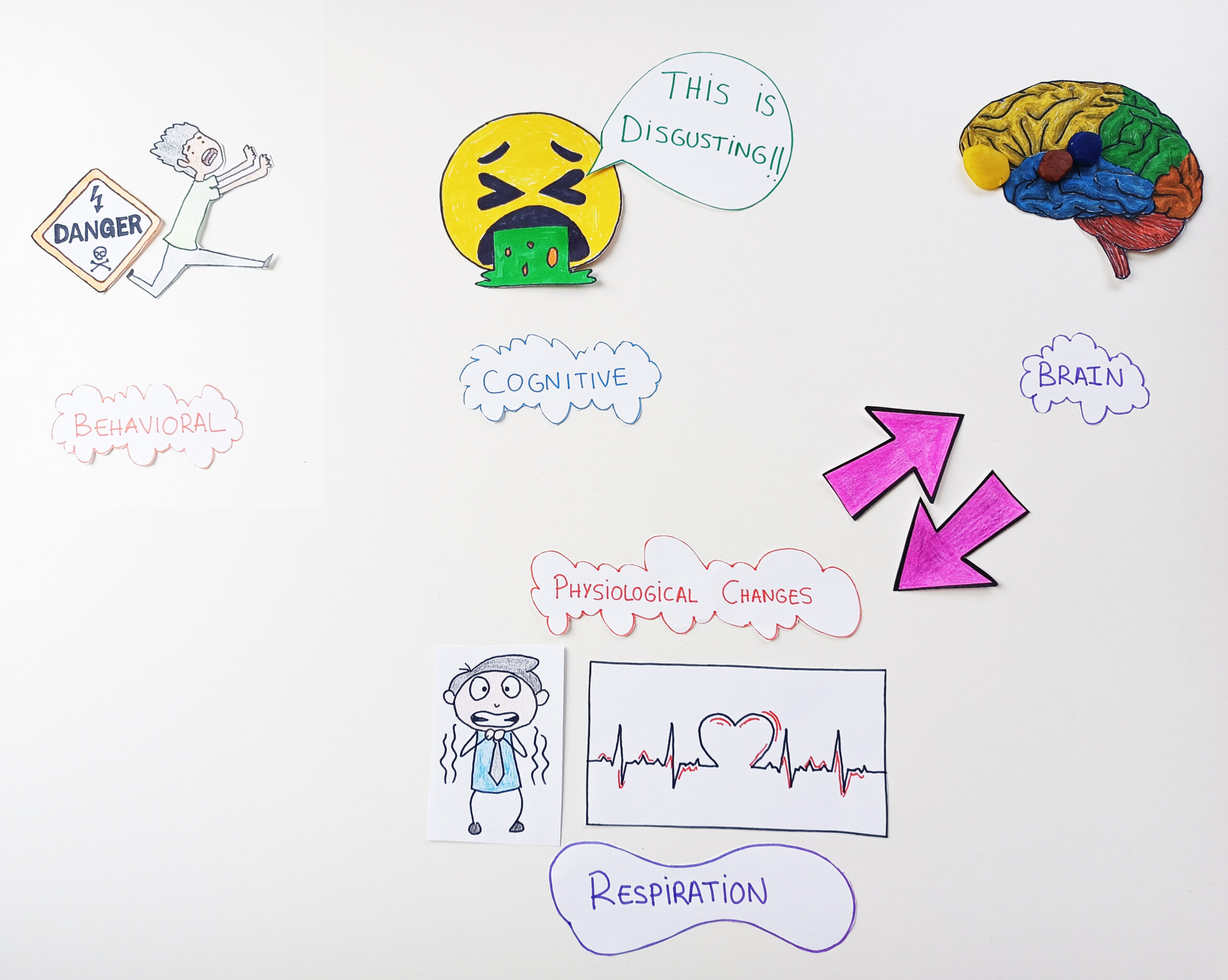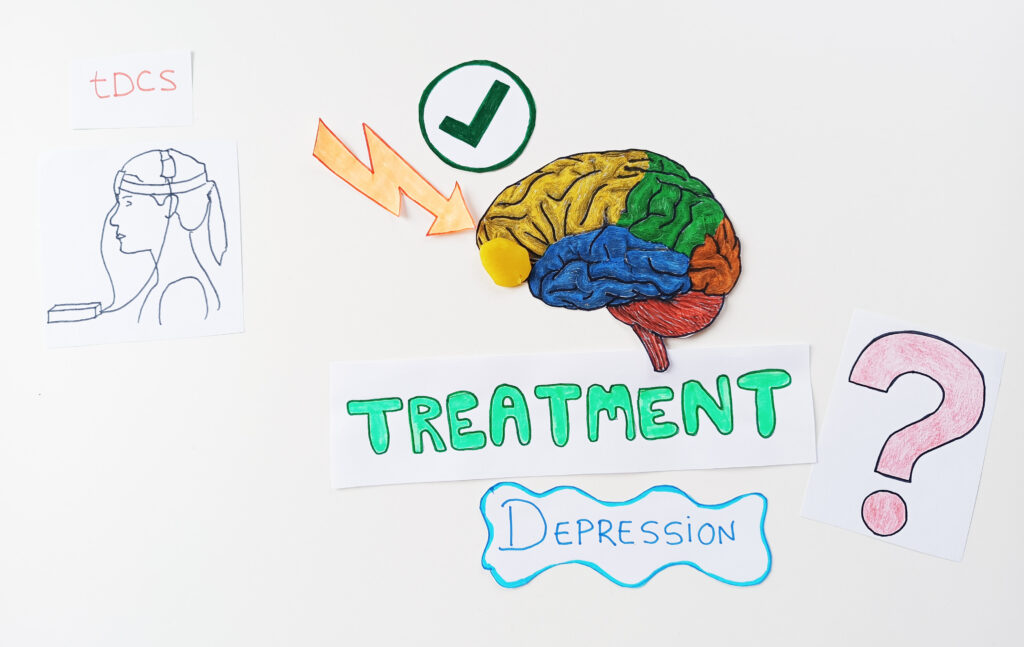
Towards a Better Understanding of Emotional Processing: Exploring the Brain With Electric Stimulation to Modulate our Emotions
“Almost everyone thinks he/she knows what an emotion is until he/she tries to define it. At that point, no one claims to be able to understand it”
Wenger, Jones and Jones, 1962
Emotions play an essential role in the development of our lives, as they influence the way that we interpret the world, as well as the way that we interact with it. If anyone asks us to think of a day in which we have not experienced any kind of emotional experience, we might find it a very difficult, if not impossible task. Throughout life, we experience numerous emotions, both pleasant and unpleasant: we feel sadness when a family member dies, joy when we get a good job or disgust when we eat something bad… But what are emotions?
Stemming from the Latin “emotio“, emotion is a word derived from the verb “emovere“. This verb is formed from the root –movere which means to move, and the prefix e- which means to make move. Its own etymology gives us a very clear conception of what emotions are: they move us towards what we like, what makes us feel good, and they move us away from what may be dangerous or unpleasant for us. In other words, emotions are responses to stimuli that are important to us. These responses are essential for our survival as they allow us to give an appropriate response to the context: imagine you are in your room, and you find a poisonous snake in your bed – what if you weren’t afraid?

As previously mentioned, if something is not important to us, it will not evoke an emotion. For example, imagine you are walking down the street and you see a relative you haven’t seen for a long time. You will probably feel joy. If it were an unknown person, you would probably walk past the person would not give her/him any attention. This example explains why two different people may respond differently to the same situation.

Emotions Are a Complex Phenomenon
Emotions are a complex psychological phenomenon. When we have an emotion, usually three different responses occur:
(1) We have a series of thoughts. This is what is known as a cognitive response. These thoughts are usually in line with the emotion we are having. For example, if we feel disgust when we eat something bad, we may think “This is disgusting! I’ll never eat that again!”
(2) Additionally, when we experience an emotion, we produce a range of behavioral responses. For example, if we are walking down the street at night and hear someone behind us, a typical fear response might be to start walking faster or even run.
These two kinds of responses that we are (or may be reflectively) aware of are accompanied (or rather based in) changes in our brain.
(3) Also, when we feel an emotion, we have a series of changes in our brain. There are many areas in the brain associated with emotions, such as the amygdala or the nucleus accumbens, which are in the inner part of the brain, or the ventromedial prefrontal cortex, which is at the front of the brain. At the same time, the brain is connected to the body, to which it sends signals, causing a number of physiological changes. Have you ever felt your heartbeat increase or sweated more when you are afraid? Responses such as the heart rate, skin conductance or respiration rate are known as psychophysiological responses.
These brain responses and physiological changes can be measured in the laboratory using different techniques. For example, to measure the heart rate or the skin conductance we can put electrodes on the skin, or to measure the brain activity we can use techniques such as the magnetoencephalography or the functional magnetic resonance imaging.

Music as a Tool to Investigate Emotions:
Music has been present in society since time immemorial. In fact, flutes made from vulture bones have been documented from around 40,000 years ago, suggesting that music must have been present long before that time. One possible explanation for the fact that music has been around for thousands of years is due to its ability to evoke and regulate emotions.
It is very known that music listening activates brain areas related to emotions and produces changes in our body. As a consequence, considering that music is a powerful stimulus to induce and regulate emotions, the possibility of using music as a valid tool for the investigation of emotion processing, their neural substrate and the associated physiological and cognitive responses becomes apparent. Precisely, my work at the Institut für Biomagnetismus and Biosignalanalyse (University of Münster), as a 2022 WiRe fellow, aims to investigate emotional processing using music. In other words, we use pleasant and unpleasant music (particularly film music fragments) to induce positive and negative emotions to the participants. At the same time, we measure the three different emotional responses mentioned above.
Modulating our Emotions to Live Better:
All emotions serve a purpose. For example, imagine you smell something bad in the fridge. You will probably feel disgust. That disgust prevents us from eating it and, subsequently, having stomach problems. This unpleasant emotion has a very important function in survival. The same happens with other emotions that are unpleasant for us, such as sadness or fear, or other pleasant emotions such as happiness or love.
However, there may be times when emotions are no longer adaptive. Imagine the following: you have just been hired in your dream job, and at the same time you are at the funeral of a family member. Would it be socially adaptive if you were to jump for joy? In situations like this it is very important to modulate the emotions, whether pleasant or unpleasant.
We can modify our emotions through numerous emotional regulation tools such as cognitive reappraisal (thinking differently about the situation), mindfulness, acceptance, etc. Additionally, much more surprisingly, we can modulate these emotional responses through non-invasive stimulation of the brain!
Using Non-invasive Brain Stimulation to Modulate our Emotions
Recently, different non-invasive brain stimulation techniques, such as the transcranial direct current stimulation (tDCS), have been developed for different purposes. The tDCS is a non-invasive method that applies small electrical currents to the head with the goal of activating or inhibiting some areas in the brain, by manipulating brain excitability via changes in membrane polarization.
Interestingly, in relation to emotional processing, it has been demonstrated that stimulation of the ventromedial prefrontal cortex (an emotion-related area) can modulate emotional reactions. Particularly, the activation of that area – using the non-invasive stimulation – makes us focus more on pleasant stimuli, and so, consequently, we will be more likely to have positive emotional responses. It is at this point that my research comes in. My research focuses on understanding how the non-invasive neurostimulation of the ventromedial prefrontal cortex modulates for a short term the processing of emotions through music.

Specifically, we are conducting an experiment in which we observe the brain, physiological and subjective emotional responses to pleasant and unpleasant music listening. After the music listening task, we electrically stimulate the ventromedial prefrontal cortex –an area related to the emotional processing – of each participant by using the tDCS, with the aim to promote the activation or inhibition of such area (each participant comes to the laboratory twice, so one of the days we activate and the other we deactivate that area). After the brain stimulation, participants have to listen to the music again while recording their emotional responses. In this way, we can investigate whether activating or deactivating this brain area can modulate the emotional reactions of the participants.
As we know, various psychiatric disorders, such as depression, have an imbalance of activity in this area which, consequently, produces a series of effects at the emotional level. Therefore, if we can get this area working properly using brain stimulation, this could be a step forward in the treatment of such disorders. Particularly, this is one of the objectives of our research. If our results demonstrate that the electric stimulation of the brain could improve the emotionality, producing more positive emotions, then we could test its effect in depressive patients, who have negative emotions more frequently.
Likewise, the use of music listening in therapy has begun to increase during the last years, with very positive results. In fact, the research literature has shown that listening to preferred and positive music is a powerful way to reduce negative feelings of anxiety (both physiologically and cognitively), anger, and depression. Therefore, it becomes clear that music can be used as a treatment in clinical settings, although more studies are needed in the field of music and emotions.

